- Have any questions?
- 080 2558 0771
- 080 2558 0772
- mail@beleastmail.com
Itinerary:
Day 1 : Paris – the Louvre
Get the most out of the Louvre – the most famous art museum in the world. The most famous pieces here are the Mona Lisa and the Venus de Milo and the Winged Victory. See the Egyptian antiquities – much of this was brought back by Napoleon’s army during his Egyptian campaign (1798-1801). The Louvre was originally a fortress and later became home to France’s royalty. Napoleon’s large and luxurious apartment has been kept intact, and it’s well worth a visit. See the Medieval Louvre – an underground walk around the original 12th century foundation of the Louvre itself. And wander the long and expansive corridors of the Renaissance paintings section.
Day 2 : Paris – art & architectural delights
Visit the great cathedral of Notre Dame that sits along the banks of the Seine. Hidden in the shadows of Notre-Dame is an evocative tangle of medieval streets meander through these and see where famous philosophers, authors, poets Take a stroll down the sycamore-lined Champs-Elysees, one of the world’ most celebrated avenues and see Place de la Concorde, where the guillotine once stood. Absorb the haute couture of the Opera District. Enjoy dinner at a city centre restaurant followed by a cruise on the Seine.
Day 3 : Paris – Montmartre – Musee d’Orsay – Opera
Spend a morning wandering Montmartre and imagining what it was like when the lure of this ancient area of Paris lured artists, writers, painters, musicians, sculptors, and architects to inspire their works of art. Take a walking tour of the Sacre-Coeur rising above Montmartre and climb the 234 spiralling steps that lead you to the basilica’s dome – there is a spectacular view of the city from here. After lunch spend time at the Musee d”Orsay, home of France’s national collection from the impressionist, post impressionist and art nouveau movements spanning the 1840’s and 1914. Some of the highlights are Manet’s ‘On the Beach’ and Monet’s ‘gardens at Giverny’. And, in evening, treat yourself to a dazzling performance at the Opera national de Paris that was founded by the Sun King Louis XIV in the 17th century.
Day 4 : Madrid – art and architectural sights – flamenco
Journey on to Madrid – a city full of life and art. Few cities can boast an artistic pedigree as pure as Madrid’s and it is here that you can see the magnificent artistic works of the great Spanish artists such as Goya and Velazques, Picasso, Dali and Miro. Visit the Museo del Prado, the Centro de Arte Reina Sofia, and Museo Thyssen Bornemisa to see some of their amazing works. Also, explore the legendary Prado museum, home to many Spanish masterpieces, and visit the 18th century Palacio Real that features over 2000 opulent rooms and is packed with world-class art. If you have some energy left on this first day, experience some traditional flamenco that can be seen or heard in many bars and taverns in Madrid. And the best flamenco can be seen at the Corral de la Moreria restuaurant.
Day 5 : Madrid – art and architectural sights
See Madrid through the ages. Medieval Madrid lives on a handful of brick mudejar towers. See them above the 12th century San Nicolas de los Servitas church off Calle Major, and San Pedro et Viejo on Costanilla de San Pedro. Visit the Plaza Mayor for a taste of architecture under the Hapsburgs (16th& 17th century) with its grey slate spires and brick-red facades. And Madrid in the 18th& 19th century, under the Bourbons can be seen at the Conde Duque Curtel, a former barracks and now a cultural centre. Stroll down Gran Via and see more 20th century delights including the Reina Sofia Museum.
Day 6 : Toledo – Avilia – Segovia – architectural sights
Set off today to Toledo, one of Spain’s most beautiful cities. Once the capital of Spain, it is now a UNESCO World Heritage site that holds hundreds of years of history with its fantastic location along the Tajo River. Enjoy sights of the old city walls, the gorgeous buildings and the quaint winding streets, and visit Toledo Cathedral. Next stop is Avila, sometimes called the City of Stones and Saints its medieval walls date back to the 11th -14th century. Enter in to the Cathedral of Avila that is one of the best examples of a European Fortress Cathedral. On the way back to Madrid, visit Segovia, another beautiful walled city and its Cathedral on the Plaza Mayor – this is the last Gothic cathedral to be built in Spain.
Day 7 : Barcelona – tapas and paella cooking experience
Ease your way in to Barcelona with an exciting hands-on cooking workshop and prepare a delicious and authentic Spanish meal. Meet at the bcn Kitchen and your guide will take you to a local food market. With their help, pick up the freshest and most delicious local ingredients, and its back to the kitchen to prepare wonderful culinary delights such as Gazpacho, Seafood Paella, and Tortilla Espaniola – a favoured dish for tapas. And then the best bit – sit down to enjoy your wonderful creation, accompanied by exquisite Spanish Rioja wine.
Day 8 : Barcelona – Gaudi masterpieces
Barcelona is an enchanting seaside city with boundless culture, fabled architecture, towering temple columns, ancient city walls and subterranean stone corridors that provide a window into Roman era Barcino. Take a stroll through the shadowy lanes of the Gothic quarter, past tranquil plazas and soaring 14th century cathedrals. Barcelona has long inspired artists, including the likes of Dali, Picasso and Miro, and of course Gaudi. Antoni Gaudi is the mastermind behind several of the city’s most beloved sights such as La Sagrada Familia Basilica and the terraced hillside of Parc Guell.
Day 9 : Barcelona – Gaudi masterpieces
Look out for other Gaudi masterpieces such as La Pedrera and Casa Batilo. La Pedrera has a stony-style exterior and double elevators and underground parking, but most spectacular is its undulating façade with leafy wrought iron balconies. Casa Batlio was built in 1877 before getting a Modernist makeover from Gaudi that included a fanciful exterior of mosaicked glass, a scaly reptilian-like rooftop and skeletal-looking windows and balconies. Take time away from Gaudi and sip on a glass of cava at the Spanish village, and take a cable car ride up to Montjuic Castle.
Day 10 : Departure
Itinerary:
Day 1 : Paris – the Louvre
Get the most out of the Louvre – the most famous art museum in the world. The most famous pieces here are the Mona Lisa and the Venus de Milo and the Winged Victory. See the Egyptian antiquities – much of this was brought back by Napoleon’s army during his Egyptian campaign (1798-1801). The Louvre was originally a fortress and later became home to France’s royalty. Napoleon’s large and luxurious apartment has been kept intact, and it’s well worth a visit. See the Medieval Louvre – an underground walk around the original 12th century foundation of the Louvre itself. And wander the long and expansive corridors of the Renaissance paintings section.
Day 2 : Paris – art & architectural delights
Visit the great cathedral of Notre Dame that sits along the banks of the Seine. Hidden in the shadows of Notre-Dame is an evocative tangle of medieval streets meander through these and see where famous philosophers, authors, poets Take a stroll down the sycamore-lined Champs-Elysees, one of the world’ most celebrated avenues and see Place de la Concorde, where the guillotine once stood. Absorb the haute couture of the Opera District. Enjoy dinner at a city centre restaurant followed by a cruise on the Seine.
Day 3 : Paris – Montmartre – Musee d’Orsay – Opera
Spend a morning wandering Montmartre and imagining what it was like when the lure of this ancient area of Paris lured artists, writers, painters, musicians, sculptors, and architects to inspire their works of art. Take a walking tour of the Sacre-Coeur rising above Montmartre and climb the 234 spiralling steps that lead you to the basilica’s dome – there is a spectacular view of the city from here. After lunch spend time at the Musee d”Orsay, home of France’s national collection from the impressionist, post impressionist and art nouveau movements spanning the 1840’s and 1914. Some of the highlights are Manet’s ‘On the Beach’ and Monet’s ‘gardens at Giverny’. And, in evening, treat yourself to a dazzling performance at the Opera national de Paris that was founded by the Sun King Louis XIV in the 17th century.
Day 4 : Madrid – art and architectural sights – flamenco
Journey on to Madrid – a city full of life and art. Few cities can boast an artistic pedigree as pure as Madrid’s and it is here that you can see the magnificent artistic works of the great Spanish artists such as Goya and Velazques, Picasso, Dali and Miro. Visit the Museo del Prado, the Centro de Arte Reina Sofia, and Museo Thyssen Bornemisa to see some of their amazing works. Also, explore the legendary Prado museum, home to many Spanish masterpieces, and visit the 18th century Palacio Real that features over 2000 opulent rooms and is packed with world-class art. If you have some energy left on this first day, experience some traditional flamenco that can be seen or heard in many bars and taverns in Madrid. And the best flamenco can be seen at the Corral de la Moreria restuaurant.
Day 5 : Madrid – art and architectural sights
See Madrid through the ages. Medieval Madrid lives on a handful of brick mudejar towers. See them above the 12th century San Nicolas de los Servitas church off Calle Major, and San Pedro et Viejo on Costanilla de San Pedro. Visit the Plaza Mayor for a taste of architecture under the Hapsburgs (16th& 17th century) with its grey slate spires and brick-red facades. And Madrid in the 18th& 19th century, under the Bourbons can be seen at the Conde Duque Curtel, a former barracks and now a cultural centre. Stroll down Gran Via and see more 20th century delights including the Reina Sofia Museum.
Day 6 : Toledo – Avilia – Segovia – architectural sights
Set off today to Toledo, one of Spain’s most beautiful cities. Once the capital of Spain, it is now a UNESCO World Heritage site that holds hundreds of years of history with its fantastic location along the Tajo River. Enjoy sights of the old city walls, the gorgeous buildings and the quaint winding streets, and visit Toledo Cathedral. Next stop is Avila, sometimes called the City of Stones and Saints its medieval walls date back to the 11th -14th century. Enter in to the Cathedral of Avila that is one of the best examples of a European Fortress Cathedral. On the way back to Madrid, visit Segovia, another beautiful walled city and its Cathedral on the Plaza Mayor – this is the last Gothic cathedral to be built in Spain.
Day 7 : Barcelona – tapas and paella cooking experience
Ease your way in to Barcelona with an exciting hands-on cooking workshop and prepare a delicious and authentic Spanish meal. Meet at the bcn Kitchen and your guide will take you to a local food market. With their help, pick up the freshest and most delicious local ingredients, and its back to the kitchen to prepare wonderful culinary delights such as Gazpacho, Seafood Paella, and Tortilla Espaniola – a favoured dish for tapas. And then the best bit – sit down to enjoy your wonderful creation, accompanied by exquisite Spanish Rioja wine.
Day 8 : Barcelona – Gaudi masterpieces
Barcelona is an enchanting seaside city with boundless culture, fabled architecture, towering temple columns, ancient city walls and subterranean stone corridors that provide a window into Roman era Barcino. Take a stroll through the shadowy lanes of the Gothic quarter, past tranquil plazas and soaring 14th century cathedrals. Barcelona has long inspired artists, including the likes of Dali, Picasso and Miro, and of course Gaudi. Antoni Gaudi is the mastermind behind several of the city’s most beloved sights such as La Sagrada Familia Basilica and the terraced hillside of Parc Guell.
Day 9 : Barcelona – Gaudi masterpieces
Look out for other Gaudi masterpieces such as La Pedrera and Casa Batilo. La Pedrera has a stony-style exterior and double elevators and underground parking, but most spectacular is its undulating façade with leafy wrought iron balconies. Casa Batlio was built in 1877 before getting a Modernist makeover from Gaudi that included a fanciful exterior of mosaicked glass, a scaly reptilian-like rooftop and skeletal-looking windows and balconies. Take time away from Gaudi and sip on a glass of cava at the Spanish village, and take a cable car ride up to Montjuic Castle.
Day 10 : Departure





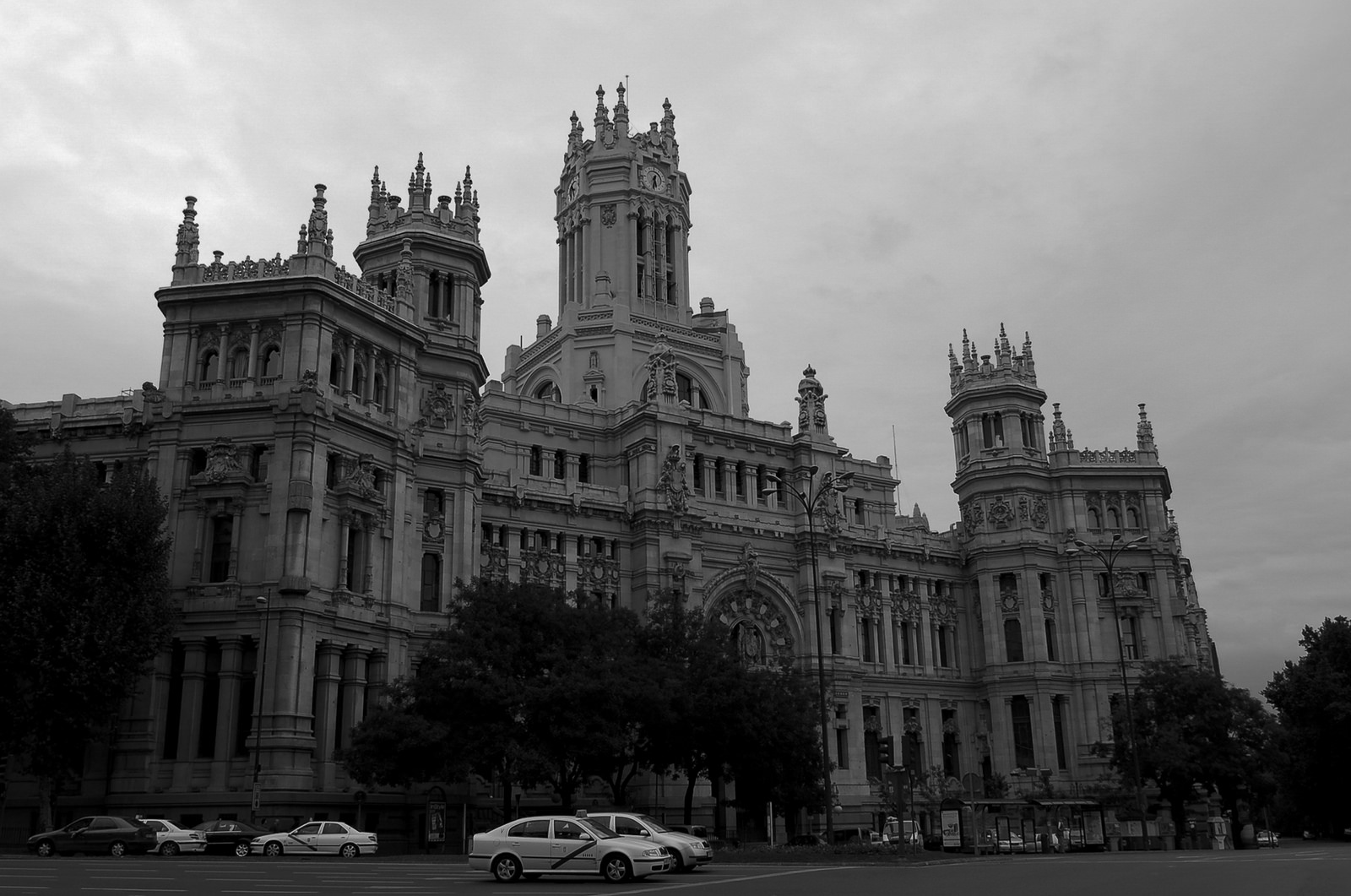
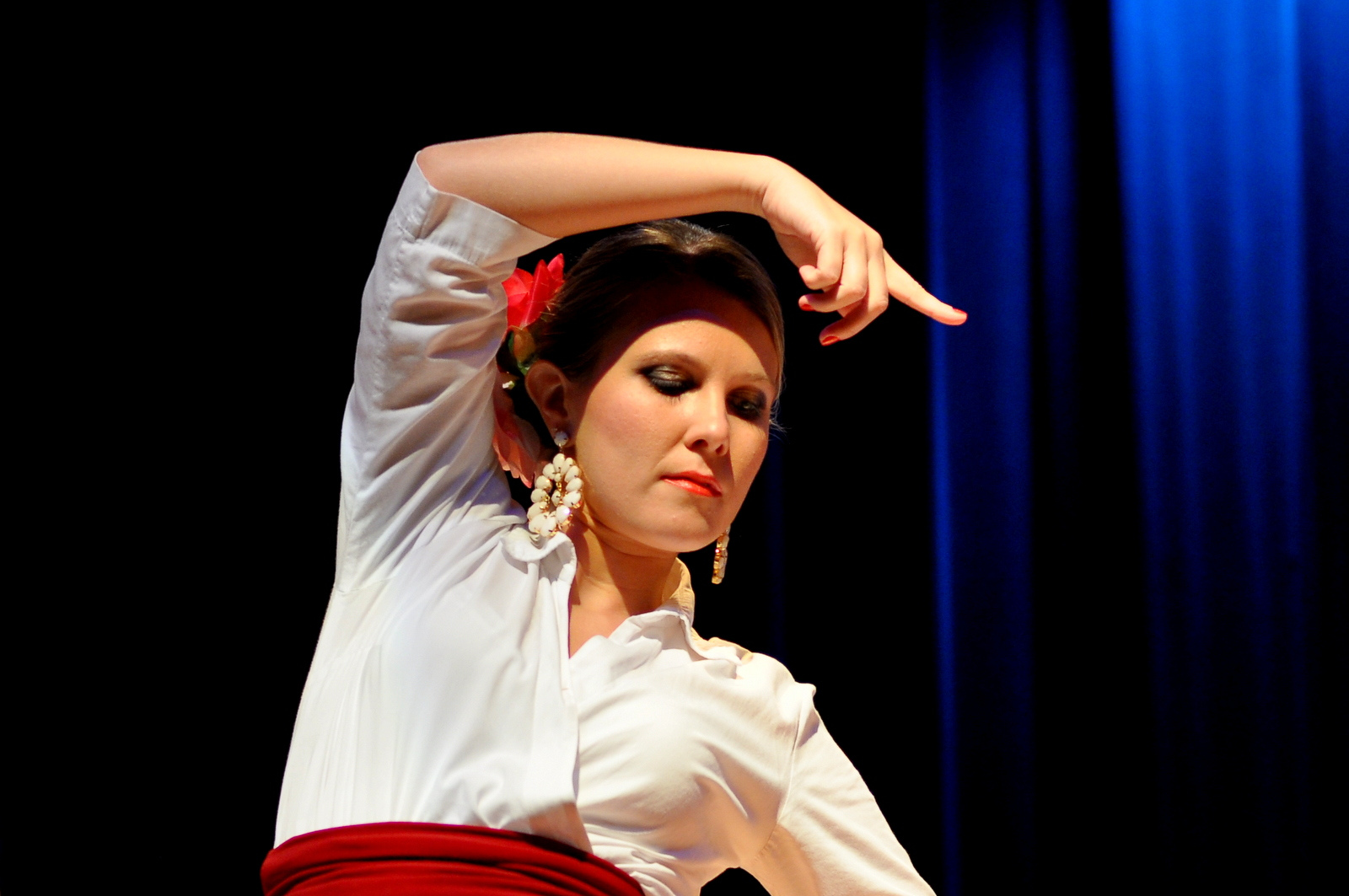
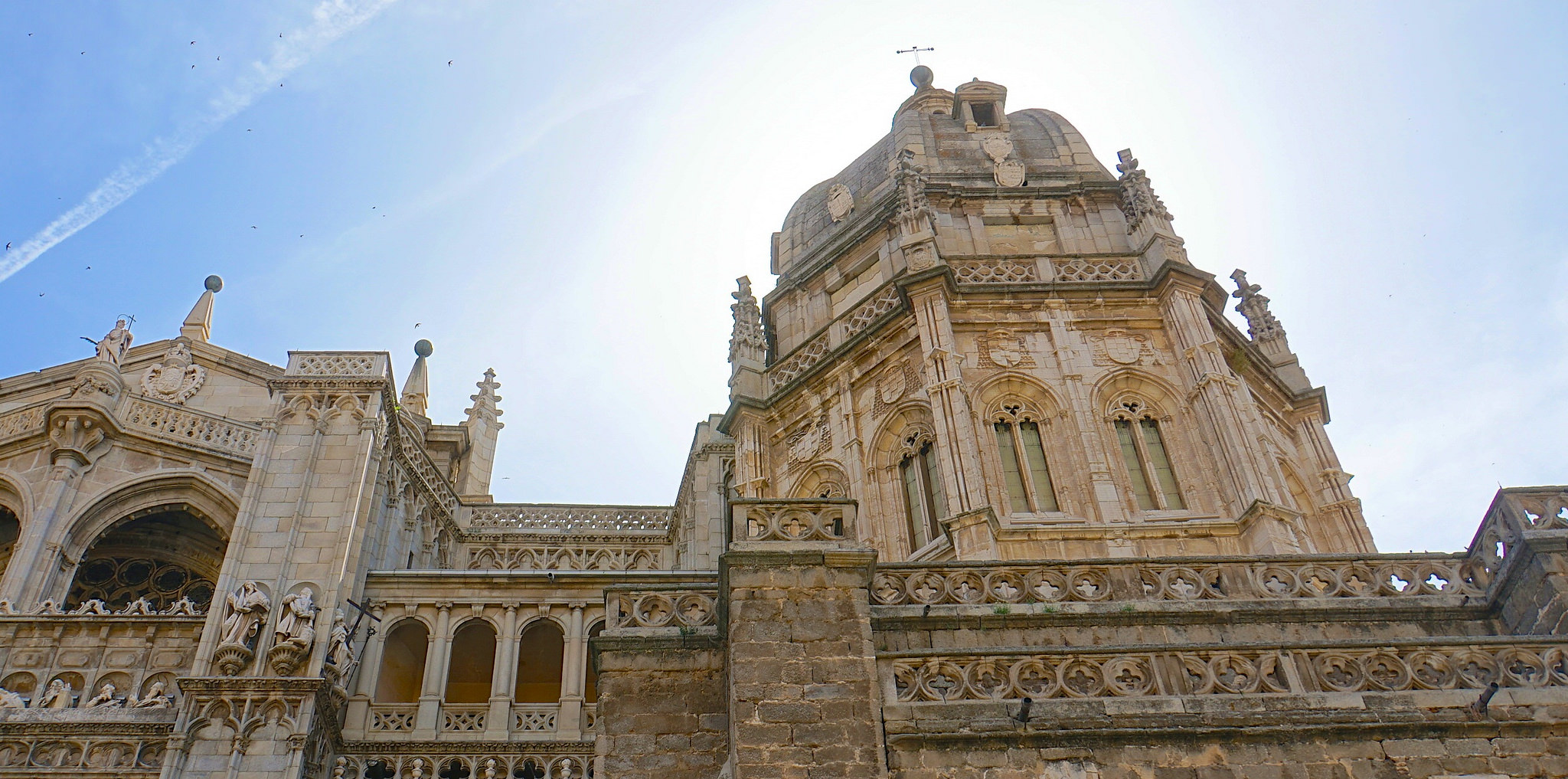
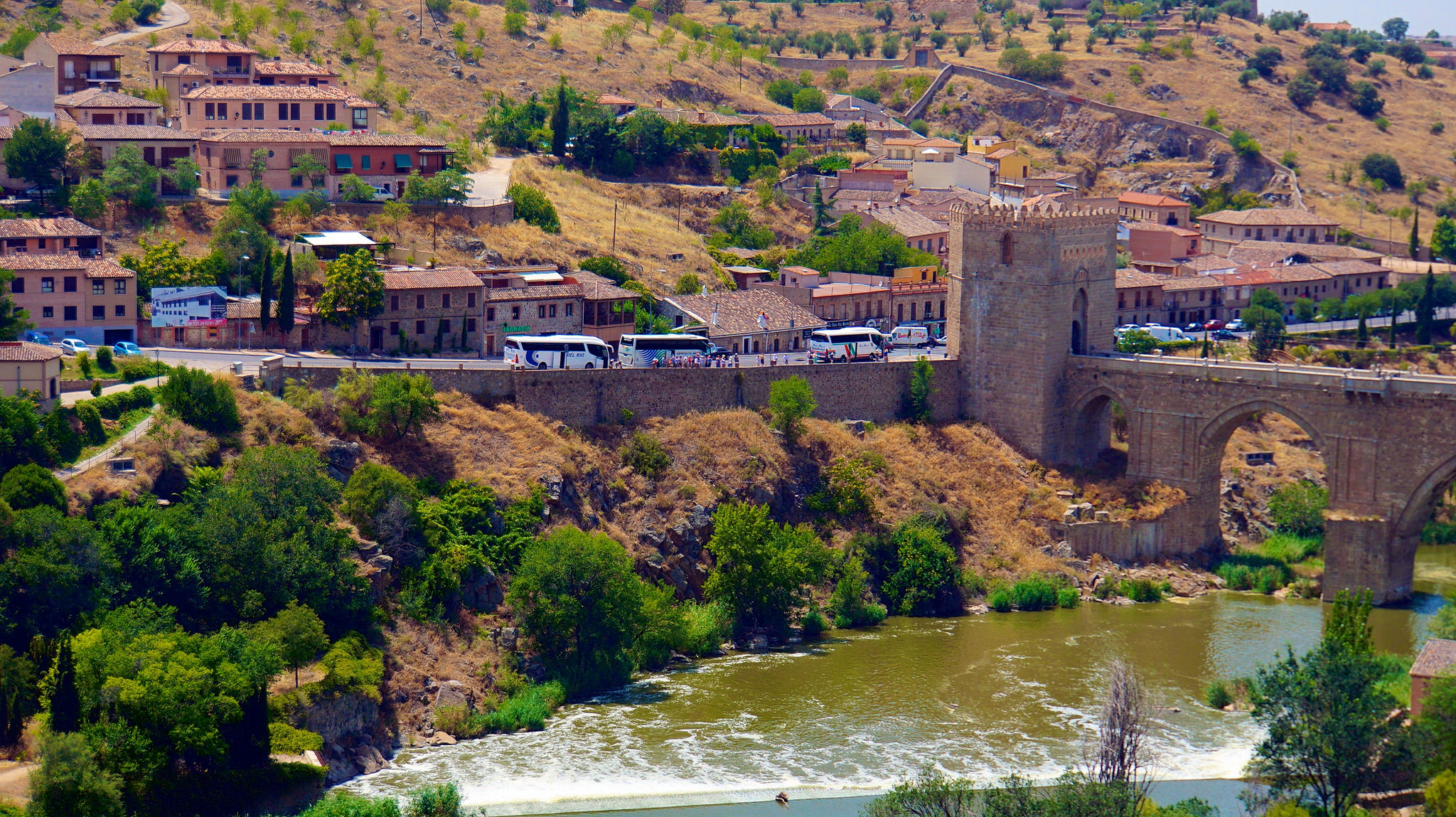
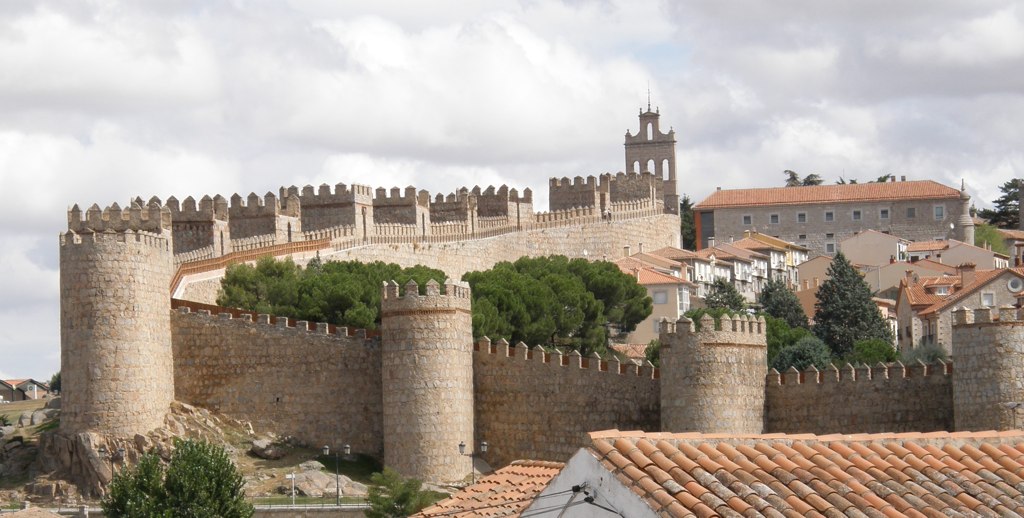
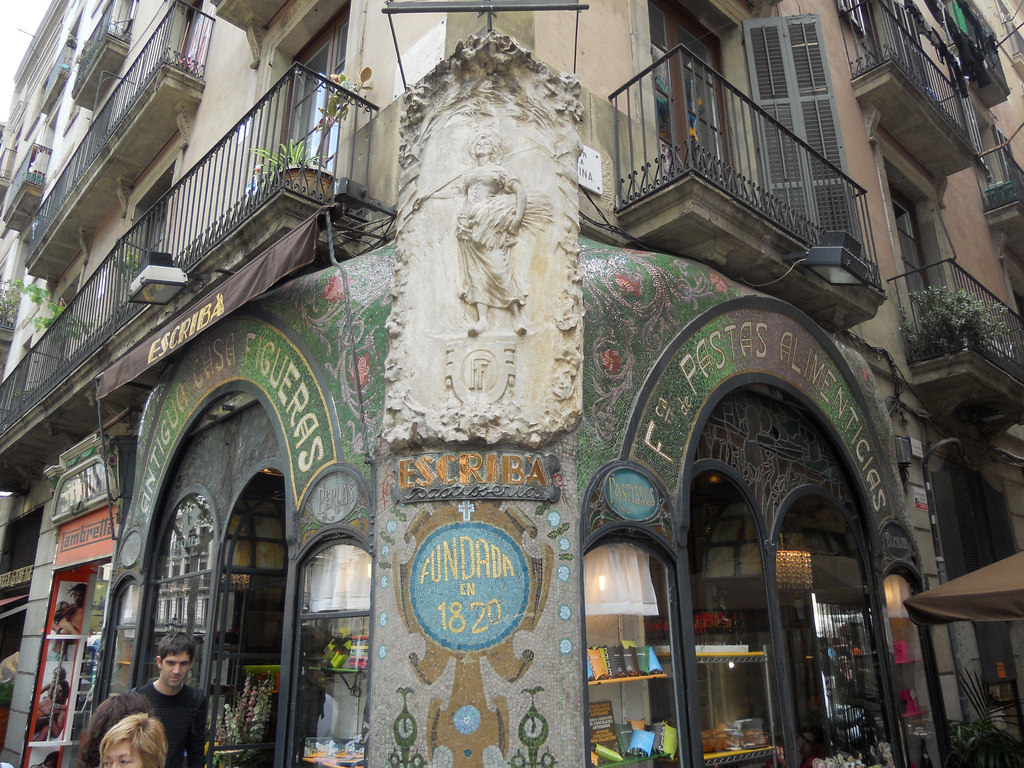
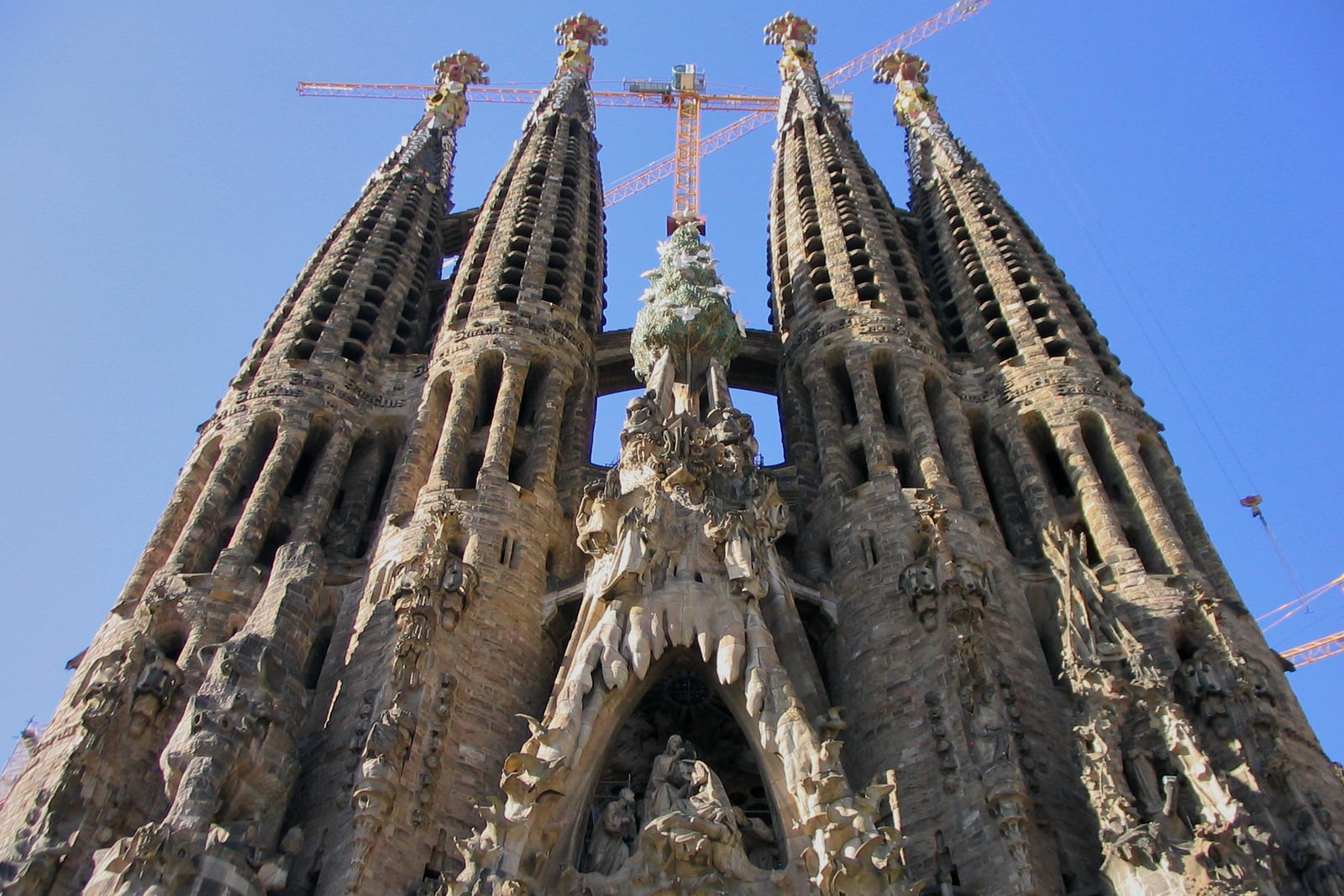
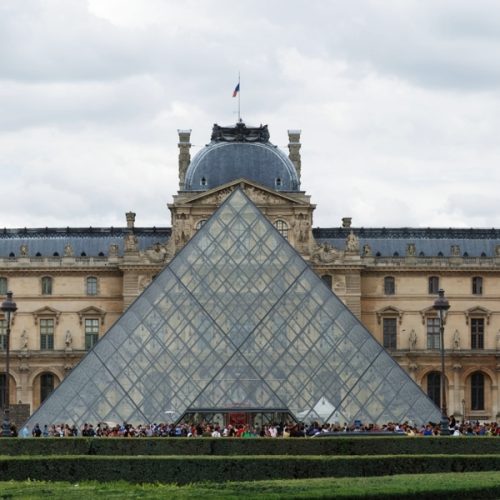
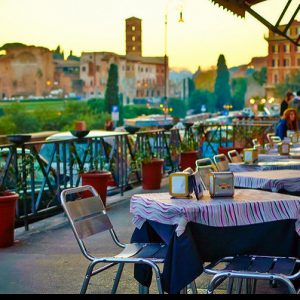
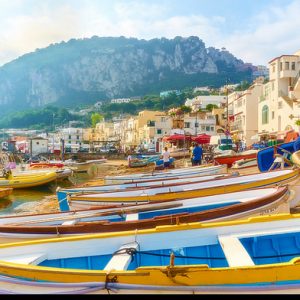
Reviews
There are no reviews yet.